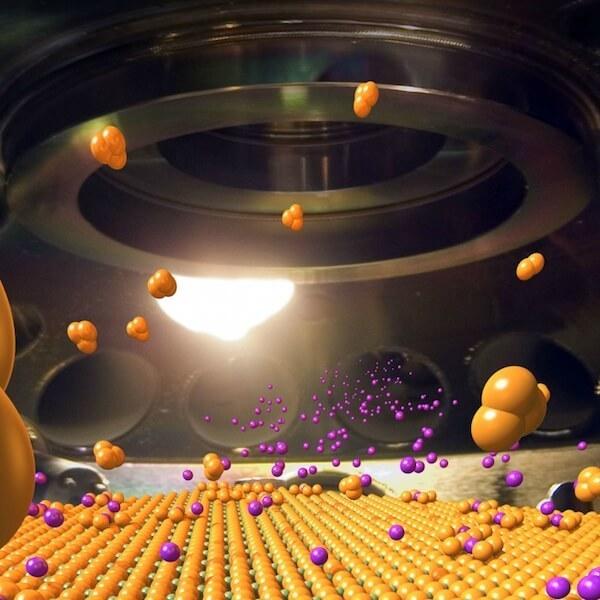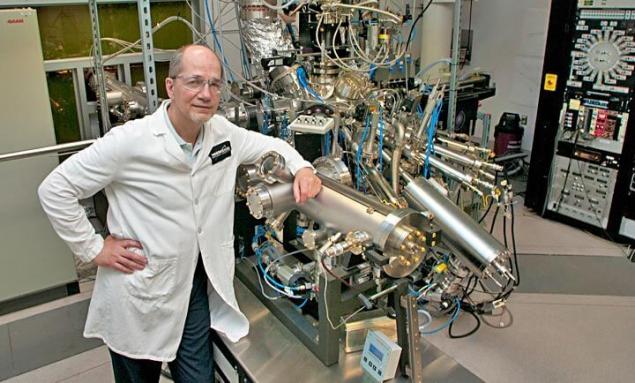Scientists close to creating a battery that will not heat up
 Bashny.Net
Bashny.Net
Superconductors, on which the entire modern electronics allow electric current to move freely without encountering resistance. However, this only occurs at temperatures close to absolute zero, which increases their weight, size and cost.

If there was the ability to create superconductors that work at room temperature, then the plant would cease to lose energy, there would be more affordable Maglev trains, cheaper devices for MRI and a small, but powerful supercomputers.
For Ivan Bozovich and his team's solution to this problem became cuprate, substances composed of copper and oxygen. In conjunction with the strontium and some other elements they showed the properties of superconductors but did not require ultra low temperatures as conventional superconductors.
A 10-year study of physicists at Brookhaven puts on its head the traditional notion of superconductors. In accordance with the modern understanding, the temperature of the material depends on the interaction forces between pairs of electrons. But according to the team of Bazovica, the density of the objects (in this case, pairs of electrons), and not the power, controls the temperature.

Another approach to creating superconductors that operate at room temperature, proposed by Russian and Japanese scientists. As a result of experiments with the sulfide it was found that under certain conditions it becomes a superconductor. In connection with a specific smell, such conductors are called "rotten". published
Source: hightech.fm/2016/09/30/cuprates

If there was the ability to create superconductors that work at room temperature, then the plant would cease to lose energy, there would be more affordable Maglev trains, cheaper devices for MRI and a small, but powerful supercomputers.
For Ivan Bozovich and his team's solution to this problem became cuprate, substances composed of copper and oxygen. In conjunction with the strontium and some other elements they showed the properties of superconductors but did not require ultra low temperatures as conventional superconductors.
A 10-year study of physicists at Brookhaven puts on its head the traditional notion of superconductors. In accordance with the modern understanding, the temperature of the material depends on the interaction forces between pairs of electrons. But according to the team of Bazovica, the density of the objects (in this case, pairs of electrons), and not the power, controls the temperature.

Another approach to creating superconductors that operate at room temperature, proposed by Russian and Japanese scientists. As a result of experiments with the sulfide it was found that under certain conditions it becomes a superconductor. In connection with a specific smell, such conductors are called "rotten". published
Source: hightech.fm/2016/09/30/cuprates
Tags
See also
Scientists have figured out how to reduce the cost of solar panels
Created micromotor, which is three orders of magnitude stronger than human muscle
Koreans have created a battery that can be printed on 3D-printer
In the Czech Republic, invented a new type of Li-Ion Battery
"This doctrine can be applied in the country, you do not mind ..."
Crafts for many is a fascinating leisure that brings fun and allows you to create nice things for room decoration or practical use
Created an engine that could power the Martian colonists
I move your hand: how to develop the technology of telepathy
Created the fabric for "smart" clothes that can produce and store solar energy
Chinese scientists have developed solar cells weatherproof

















